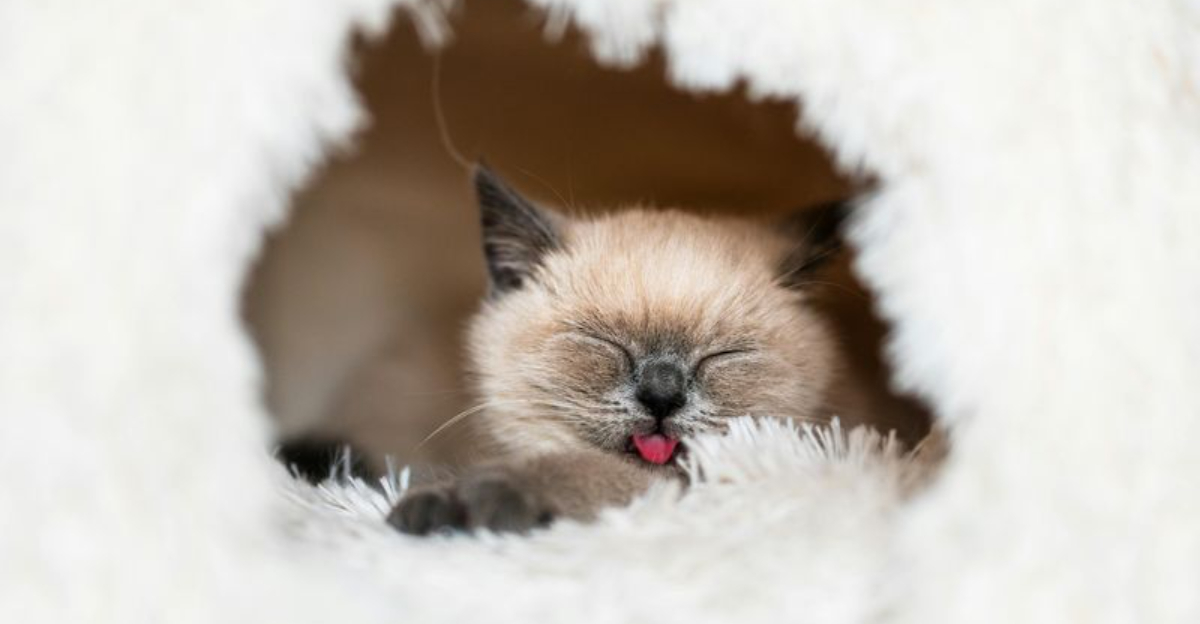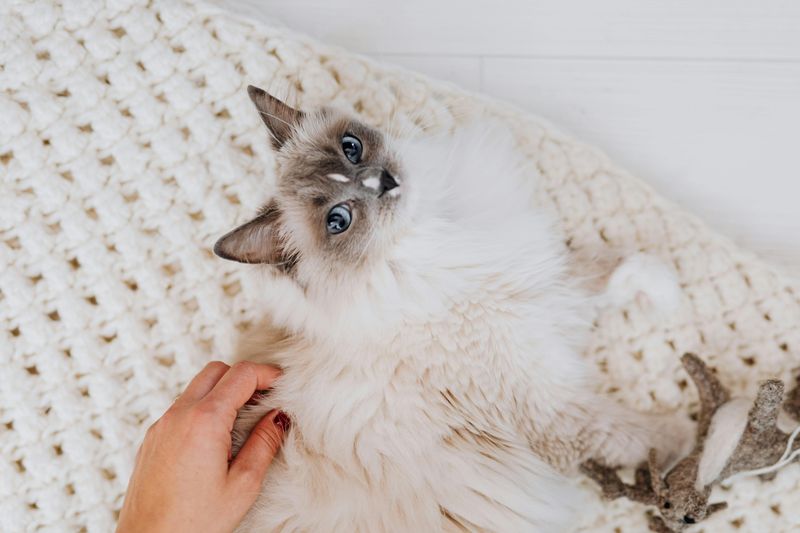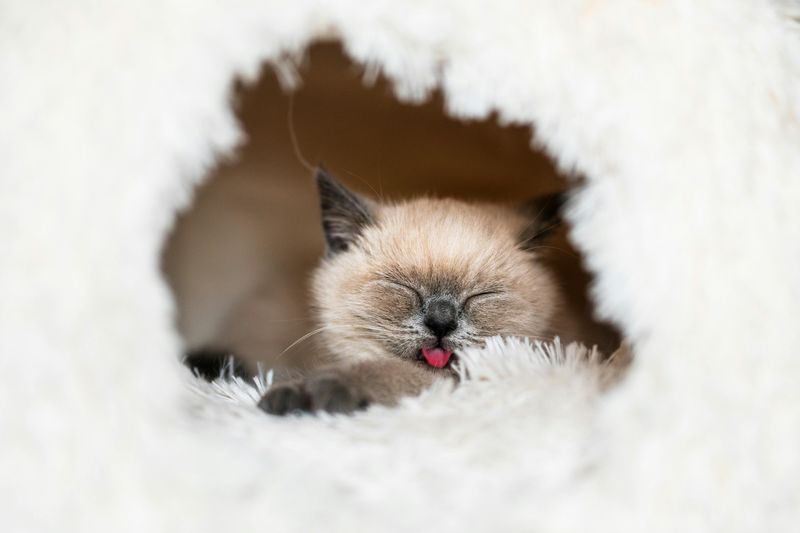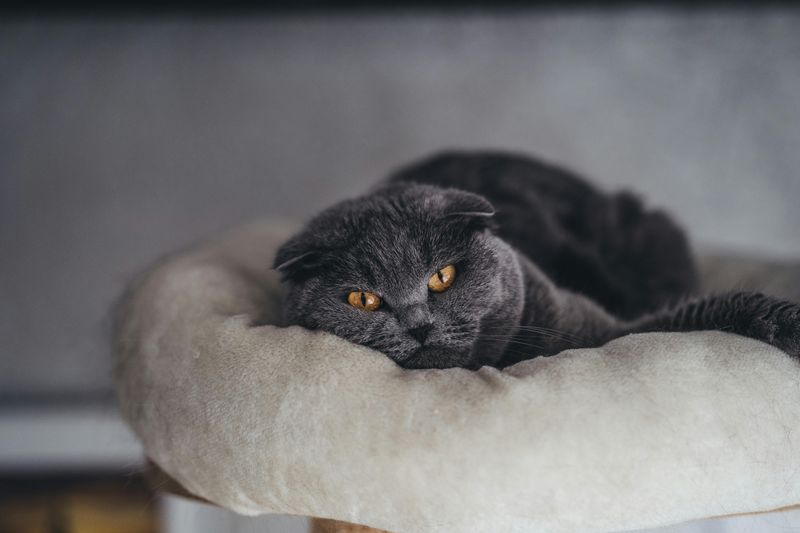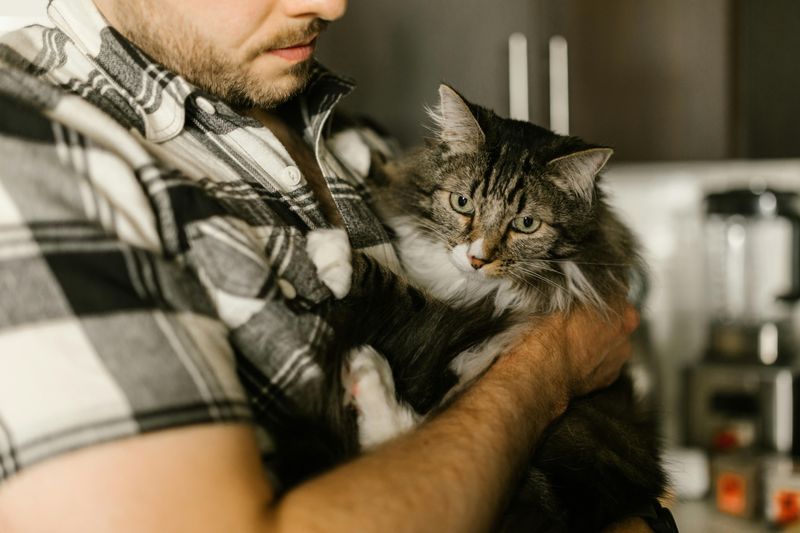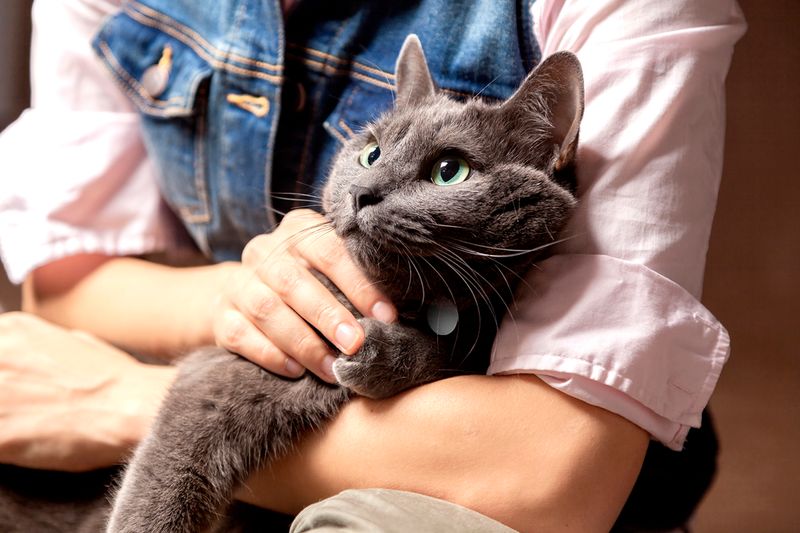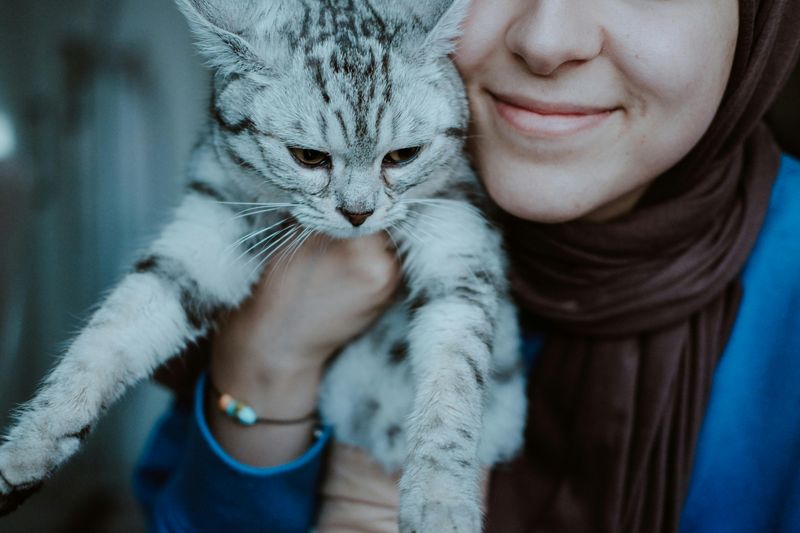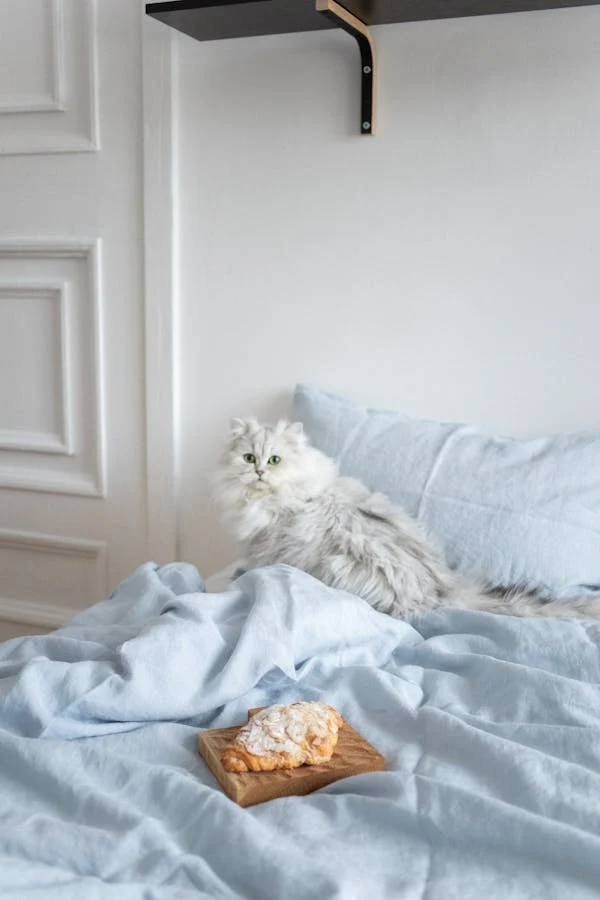📖 Table of Content:
Cats, despite their reputation for aloofness, are surprisingly diverse when it comes to emotional intelligence. Some breeds behave like empathetic therapists, silently mirroring your feelings and offering comfort with a soft paw or gentle purr. Others remain impervious to your emotional rollercoasters, too dignified or detached to engage in the highs and lows of human sentiment.
Understanding these differences can be enlightening for cat lovers, especially those seeking a feline companion who meshes well with their lifestyle and emotional needs. Whether you’re going through heartbreak or simply looking for a buddy to share quiet evenings, knowing which breeds are more emotionally perceptive—and which are gloriously indifferent—can shape your relationship profoundly. These breed traits aren’t rigid rules, but they often provide insight into what kind of emotional support (or indifference) you might expect.
Cats that “feel all your feelings” tend to linger near you during distress, respond to tone shifts, and actively seek to engage when they sense something’s off. In contrast, emotionally detached breeds often prefer autonomy and approach human emotion as background noise. With that in mind, let’s explore eight breeds—four that seem emotionally synced with their humans, and four that couldn’t care less if you’re crying in the bathtub or dancing with joy.
1. Ragdoll
Rarely does a cat embody emotional softness quite like the Ragdoll. As their name suggests, they tend to go limp in your arms, almost as if physically surrendering to your emotional state. These cats are naturally gentle and exude calm, responding to human energy with almost eerie attunement. Rather than fleeing from distress, Ragdolls often draw closer, intuitively pressing their warmth against you like a living comfort blanket. Their constant desire to be around their owners is more than affection—it feels like emotional partnership. Whether you’re lounging quietly or recovering from a hard day, they adjust their presence to suit your mood. It’s this remarkable blend of loyalty and sensitivity that makes them ideal companions for emotionally expressive households.
2. Siamese
Unmistakably vocal and involved, the Siamese makes their presence—and opinions—impossible to ignore. Instead of simply observing your emotional landscape, they march through it with purpose, meowing commentary along the way. With their striking blue eyes locked on yours, they’ll chirp and chatter as if offering their own version of therapy. Known to follow their humans from room to room, they reject emotional distance, preferring direct engagement. Their intelligence lets them read subtle cues like voice changes, posture, or tension in the air. If you’re upset, a Siamese will often respond with concerned vocalizations or even physical touch. For those who welcome a responsive, involved companion, the Siamese never leaves you feeling alone.
3. Scottish Fold
Soft-spoken and unassuming, the Scottish Fold has a quiet emotional intelligence that is easily underestimated. With their folded ears and round, observant eyes, they often give the impression of listening even when you’re not speaking. These cats excel in nonverbal communication—curling beside you when you’re down or keeping a calm, grounding presence during stress. They rarely demand attention, preferring to offer companionship on a gentle, almost invisible frequency. Rather than force their affection, they intuitively sense when it’s needed, appearing beside you like a silent witness. This restraint makes their loyalty even more powerful, as they respect emotional boundaries without withdrawing entirely. In emotionally turbulent environments, the Scottish Fold offers peace without pressure.
4. Maine Coon
No stranger to affection or empathy, the Maine Coon manages to be both independent and emotionally available. They may not leap into your lap at the first sign of trouble, but they will quietly settle nearby, observing with soft eyes and gentle interest. Their sheer size and relaxed presence provide a sense of stability, like an anchor in stormy emotional seas. While they’re playful and sociable, there’s a depth to their companionship that surfaces during quiet or tense moments. Often, they’ll gently place a paw on you or issue a soft chirp that feels oddly timed to your needs. They don’t cling, but they don’t abandon either—they’re steady in their emotional support. For many, having a Maine Coon around feels like having a gentle guardian who always knows when to show up.
1. Russian Blue
Shrouded in elegance and stillness, the Russian Blue isn’t one to wear its heart—or yours—on its sleeve. These cats are introverted by nature, preferring observation to overt interaction. While they may grow deeply attached to one person, they don’t outwardly engage with human emotions in the way more demonstrative breeds do. A change in your mood might draw a subtle glance, but don’t expect them to alter their behavior in response. They value quiet routines and emotional self-sufficiency, retreating when confronted with unpredictability or emotional intensity. That said, when they choose to be close, it’s a rare and meaningful act, offered entirely on their terms. Their emotional detachment isn’t cruelty—it’s discretion masked in fur.
2. British Shorthair
Seemingly carved from stone, the British Shorthair exudes calm that borders on emotional detachment. They enjoy companionship, but only in measured doses and under predictable conditions. If you cry beside one, they might blink at you slowly—or not at all—before resuming their nap. Their preferred method of interaction is proximity without intrusion, often sitting near you without engaging. Emotions, particularly messy or intense ones, don’t register as calls for action in their worldview. Instead, they offer a grounding presence that’s indifferent to chaos, both internal and external. For owners who crave space and autonomy, this breed provides affection with emotional boundaries firmly intact.
3. Bengal
Built for action rather than introspection, the Bengal cat is all about exploration and energy. Emotional nuance rarely registers in their fast-paced world, where attention is fixed on climbing shelves or chasing light reflections. If you’re feeling sad or stressed, a Bengal is more likely to bat a toy your way than to curl up in solidarity. They show their affection through motion—racing around you, initiating play, or showing off their athletic prowess. While they may enjoy human company, it’s often in the form of an audience rather than an emotional exchange. Loud or tearful environments don’t usually faze them, as their attention stays fixed on stimulation. These cats are perfect for those who prefer a lively, independent spirit that thrives on activity over sentiment.
4. Persian
Elegance defines the Persian cat, and so does emotional insulation. Draped in plush fur and graced with a calm demeanor, they often behave like royalty—unmoved by the affairs of their subjects. Emotional upheaval nearby rarely warrants more than a blank gaze or a leisurely blink. They prefer quiet, orderly environments and will quietly excuse themselves from emotional messiness. Their version of affection is passive: resting in your vicinity, perhaps offering a purr if you’re lucky, but without adjusting to your mood. They respond to gentle handling and predictability, not emotional demand or disruption. If you’re looking for a companion who observes life from a soft pedestal without reacting to its chaos, the Persian is your perfect match.
